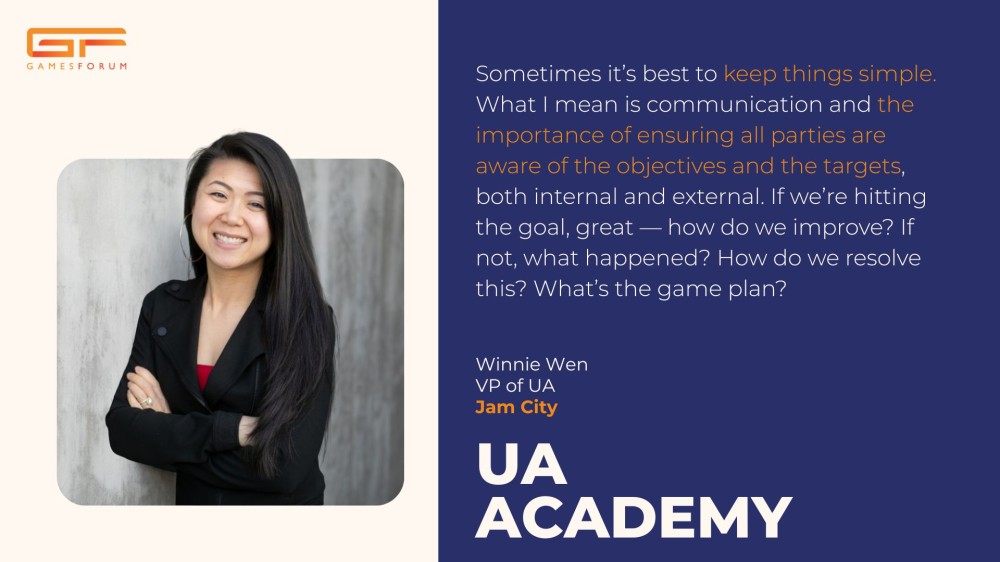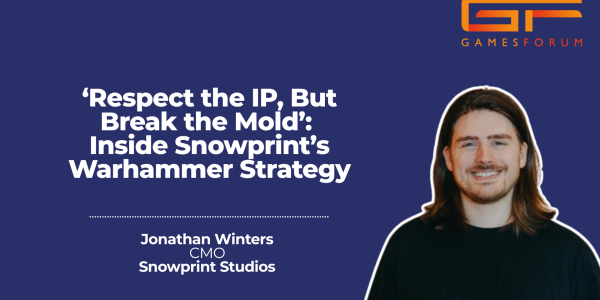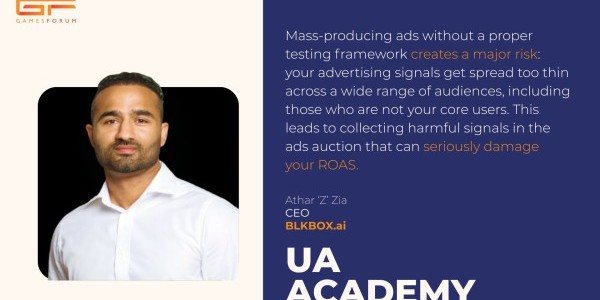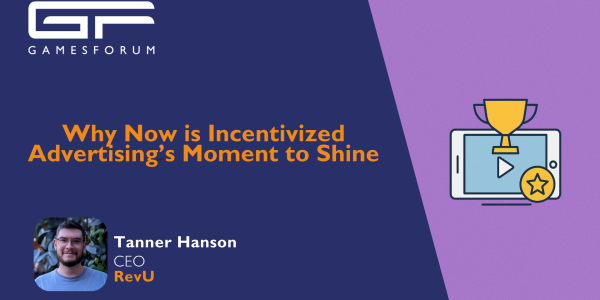Sometimes it’s best to keep things simple” — How Jam City Scales Global UA Success

Jam City’s VP of UA, Winnie Wen, breaks down how simplicity, collaboration, and sharp creative instincts power some of mobile gaming’s biggest hits: from Cookie Jam to Harry Potter: Hogwarts Mystery.
Jam City is known for hits like Cookie Jam and Harry Potter: Hogwarts Mystery - what unique UA challenges do franchise-based games face compared to original IPs?
With original IPs like Cookie Jam, we have the freedom to execute and be creative on marketing assets, etc. However, when working with big IPs like Harry Potter and Disney, we’re operating with strict brand guidelines and require more lead times in operations, for example, as we have to go through the approval process with the license holders.
How do you approach scaling UA differently for a new game launch versus sustaining long-term growth for a live hit?
New game launch - we try to capitalize on the initial launch period and skew slight preference towards volume while keeping an eye on ROAS.
Existing titles - we operate on two objectives. First one is performance, easy peasy. The 2nd is to understand the product’s needs and ideate unique strategies to help them achieve and support their efforts - limited-time events, A/B tests, etc.
Jam City has a diverse portfolio of games - how do you tailor UA strategies for different genres and audiences?
Similar to the answer to the question above, although there’s no such thing as a one-size-fits-all, there are commonalities on proven channels and strategies. The main differentiators come down to creative strategies and understanding where your audience is/are.
With increasing privacy restrictions (IDFA, ATT, etc.), what innovative approaches has Jam City adopted to maintain efficient user acquisition?
A combination of MMP/PA and incrementality!
You’ve mastered working with key social partners and DSPs, what strategies have been most effective in driving scalable growth across such a wide range of games?
Sometimes it’s best to keep things simple. What I mean is communication and the importance of ensuring all parties are aware of the objectives and the targets, both internal and external. If we’re hitting the goal, great, how do we improve? If not, what happened? How do we resolve this? What’s the game plan?
Where do you see the future of UA heading in the next 3–5 years, especially with AI and machine learning entering the space?
There’s a lot of chatter about AI, I foresee it’ll complement our day-to-day like a calculator to help improve efficiencies and save time.
What advice would you give to aspiring UA professionals looking to grow their careers in the gaming industry?
Attend conferences, reach out, connect, don’t be shy!











